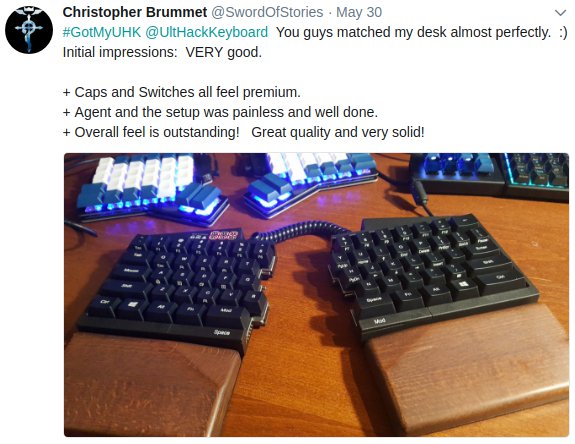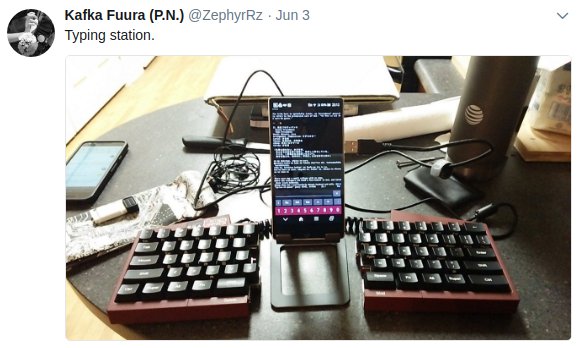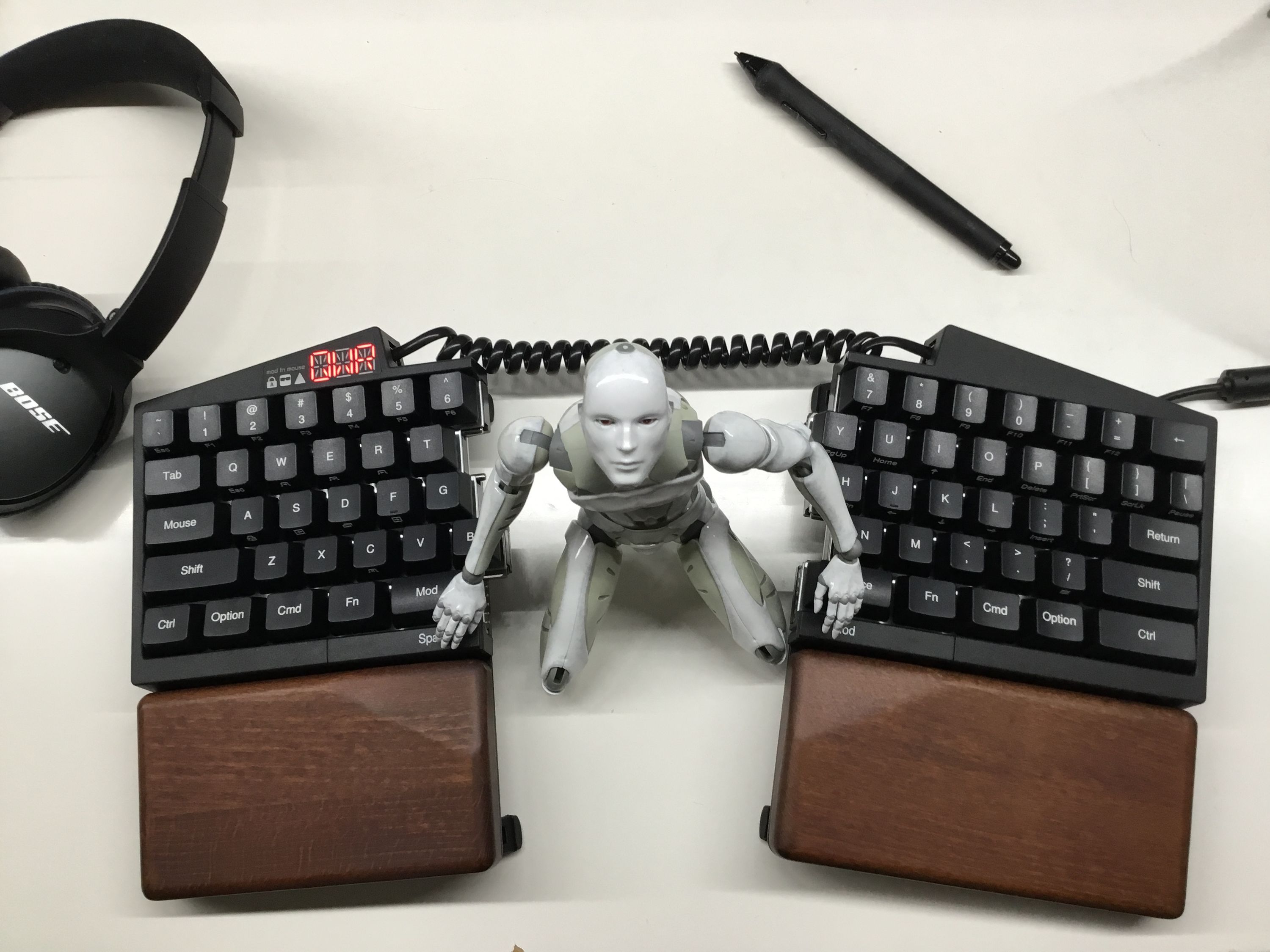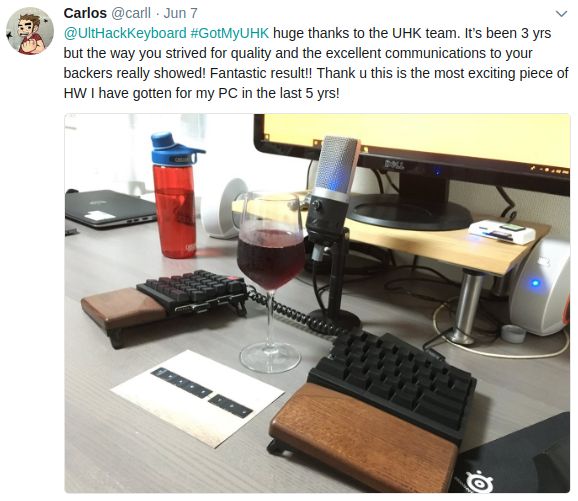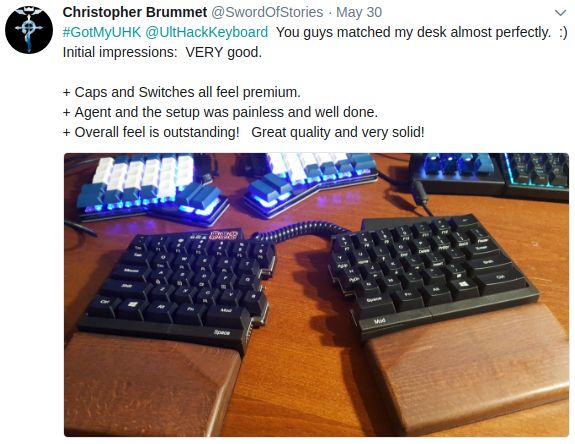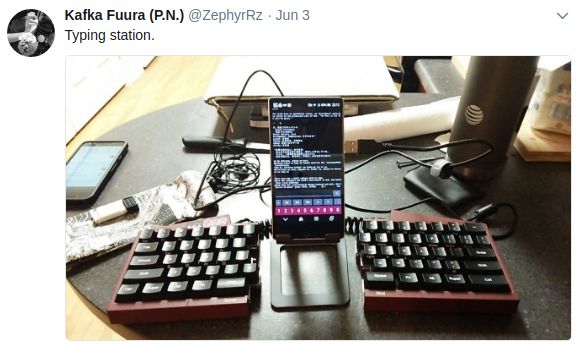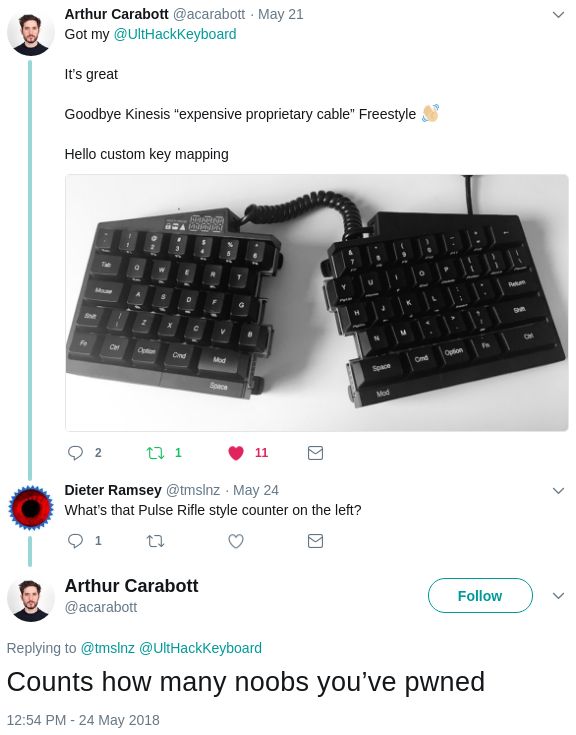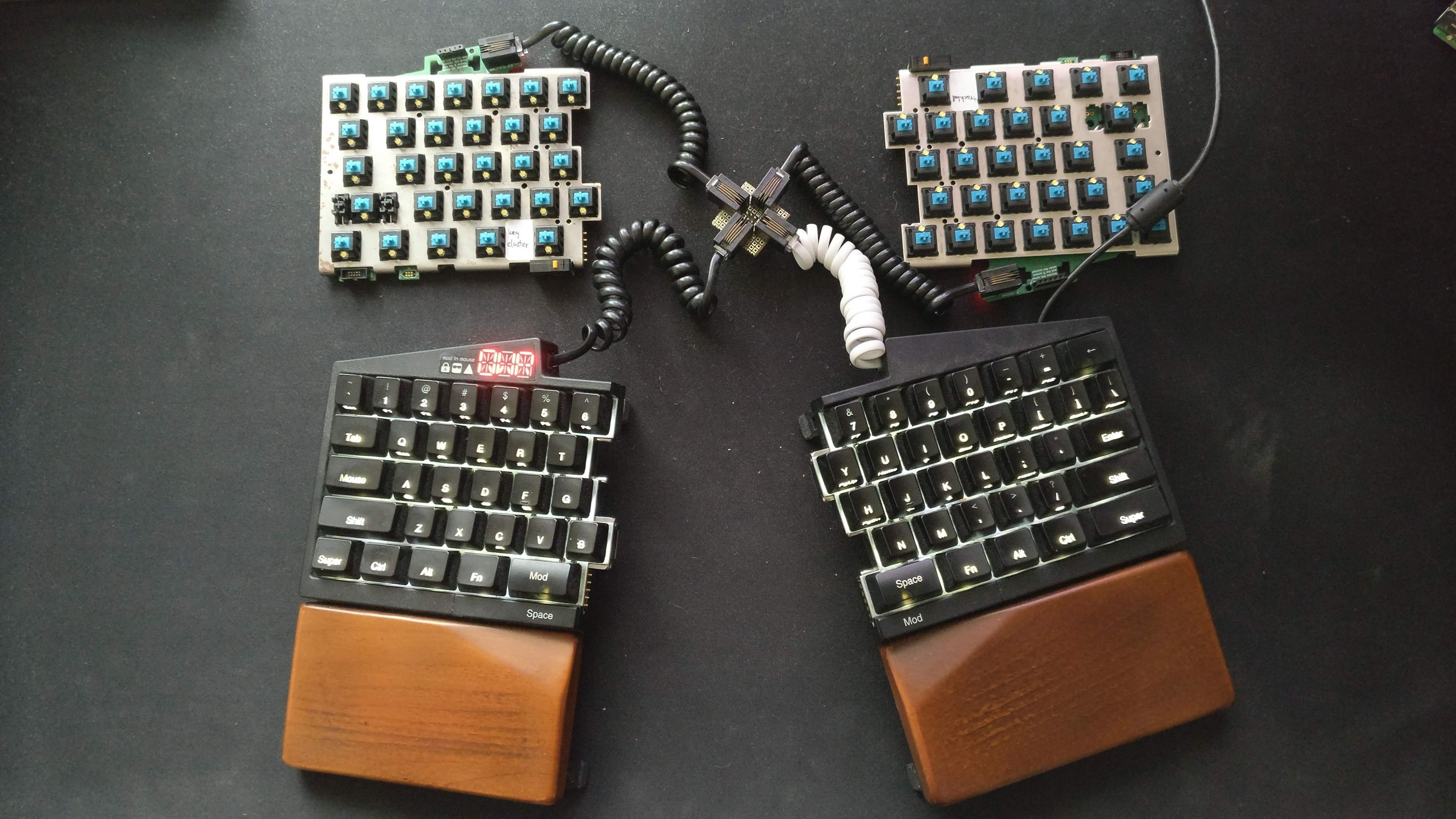Project update 47 of 76
Production and add-on progress
Important: Please make sure that your shipping address is up to date! You can change it on your Crowd Supply account page. Please also check out the delivery status page.
Hi there, and welcome to our monthly status update!
TL;DR: Since our last update, we’ve sent out mini batches 5, 6, 7, 8, and 9. This is the highest volume we’ve produced so far, but not as high as we ultimately aim for. We’ve fallen behind with pre-assembly due to the aforementioned staffing issues, but we’re catching up, and the ramp up is still underway. The development of the add-ons is in progress.
First up, let us share a beautiful and very original picture that we love very much. It’s made by Yukio Miyamoto. He is a masterful illustrator who also happens to be an awesome backer of ours.
Your recent feedback
The feedback you keep giving to us continue to be amazing.
The following is an interesting one. Did you know that when armed with a USB OTG cable, you can connect your UHK to your Android phone, and you can probably also control the mouse pointer? (Recent Android kernels tend to support USB mice.)
Lastly, this one made us laugh out loud:
Please keep them coming! We’re excited to hear about y’all.
Add-on progress
Production does keep us busy, and we can’t yet devote as much time for development as we’d like to, but we’ve made some progress with the add-ons.
The following is sitting on my desk, and it might just be the weirdest keyboard ever.
But most importantly, this Frankenstein keyboard is a proof of concept! This is 1 UHK right half and 3 left halves interconnected. The top left half simulates a left add-on module, and the top right half (which is a left UHK half) simulates a right add-on module.
The keyboard halves and add-ons communicate via the main I2C bus of the UHK. The right UHK half is the I2C master which initiates all communication on the bus. The rest of the devices are I2C slaves. From the standpoint of the firmware, there is no difference between the left keyboard half and the add-ons.
I basically dremeled a protoboard to size, and created a passive 4 port 4P4C hub out of it to interconnect the pieces. Then I added test keymaps for the add-ons, and reflashed the firmwares of the left add-on and the right add-on module, so that their I2C addresses don’t clash with the I2C address of the left UHK half.
This proof of concept works as intended, and now I can type on all the 4 keyboard halves, making me seem like I overcompensate for something.
As you can imagine, this is the first step of many to follow. Next up, I will extract the part of the firmware that will be shared across the add-ons and the left half, and then create separate firmware projects for the add-ons, utilizing the extracted code.
Then I’ll attach the peripherials specific to the individual add-ons to these development UHK left halves, and write firmware code to drive them.
In the meantime, András will finalize the plastic cases and mechanical design of the add-ons, so that they’ll be optimized for manufacturing. This will, in turn, enable me to design the custom PCBs of the add-ons.
In a way, developing the add-ons is like developing additional products - 4 products to be exact, and even though we’ve gained a lot of experience, realistically speaking, there’s no way the add-ons will be ready by the end of August as originally planned.
Given the above, we’re changing the estimated delivery date of the add-ons to the end of December which should be more realistic. None of us are happy with delays, but we’d much rather take our time than compromise the quality of the product even the slightest bit. According to your feedback, it’s the right thing to do.
Thank you for reading this update! As always, we’ll be keeping you updated on all things UHK, and we’re looking forward to talking with you on 2018-07-12.


